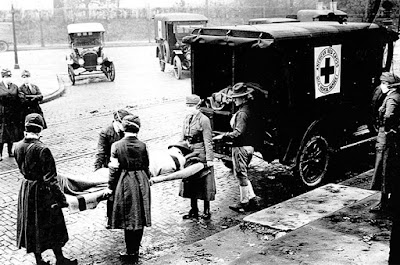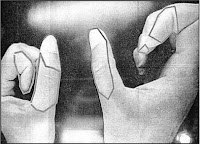World Hand Hygiene Day Quiz

📣 International healthcare workers all around the world! 📣 🎈 Fancy a 5-min break? May 5 is World Hand Hygiene Day and we took the occasion to celebrate YOU, healthcare workers all around the world by creating an entertaining and playful short quiz on hand hygiene. Thank you for your tireless work during this pandemic! 😷 Test your hand hygiene knowledge and get your free "COVID-19 Best Practice Hand Hygiene Training" webinar by filling the quiz here 👉 https://bit.ly/handhygieneday_quiz








